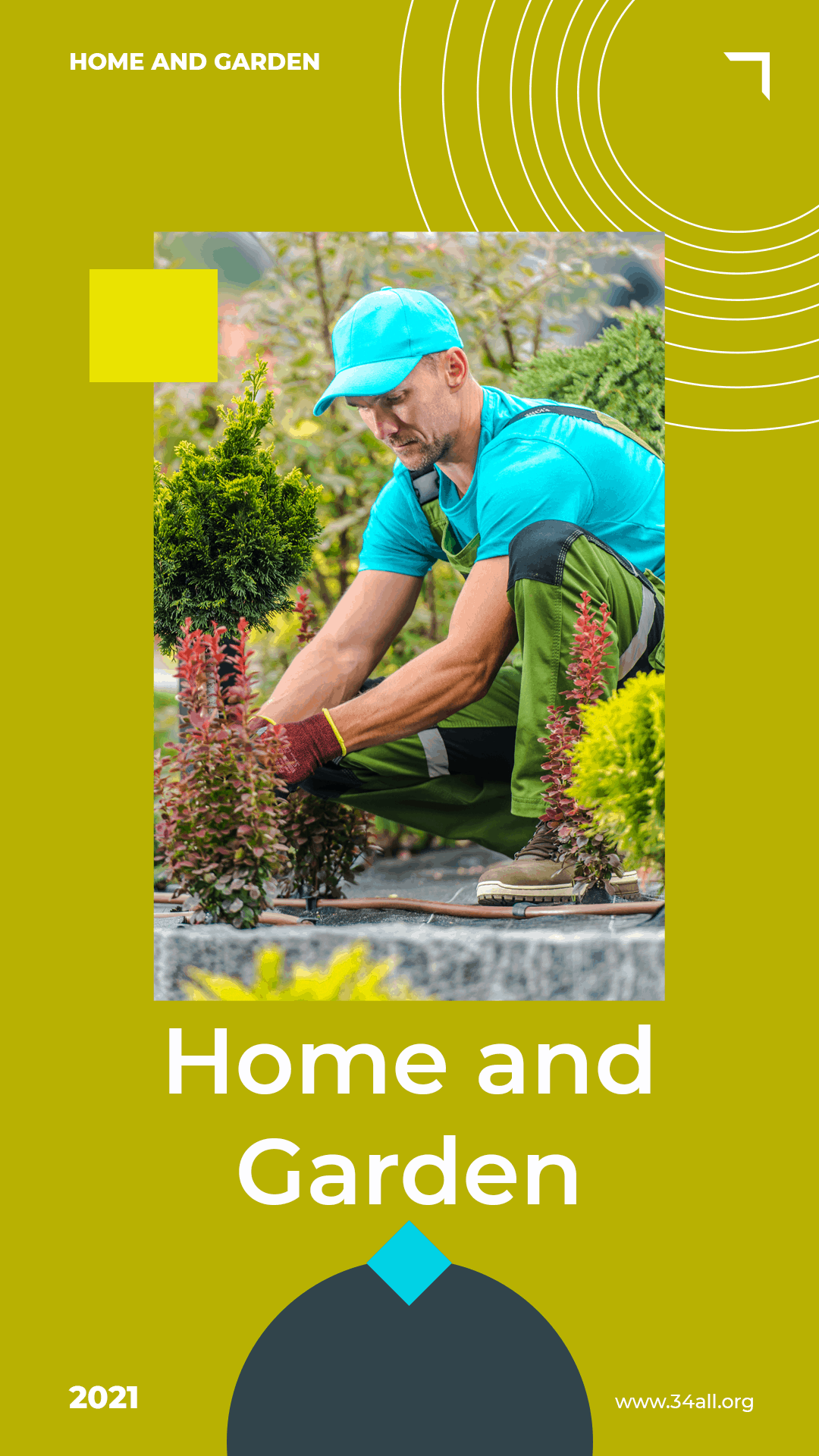Once your tomato plants have reached six weeks, you can begin pruning them. You can use dedicated pruning sheers made especially for tomato plants. These are the right size for delicate plants and feature stainless steel blades to minimize damage to the plant’s stems. The best time to prune your tomato plants is when they start getting big and need to be contained. If you don’t have the time to carefully prune the plants, you can use plant toppers to cut the stems off. This will keep the plant contained and focus its energy on the fruit.
Identifying the strongest tomato seedling
Identifying the strongest tomato seedling in your aerogarden will require you to observe some symptoms. For instance, you might notice dark brown streaks on the stems or leaves and immature fruit with green rings. These are all signs of a disease known as Septoria leaf spot. It attacks the plant’s leaves, stems, and fruits in humid, warm weather. In severe cases, you should destroy or remove the plant.
If you notice that there are several seedlings from a single pod, you may have several tomato plants that have not been picked yet. It is best to remove the weakest ones to make room for the stronger seedlings. Generally, the strongest tomato seedlings will have true leaves, which are similar to those of a tomato. Baby round leaves, on the other hand, are not true leaves. If a seedling has two or more true leaves, it means it is healthy.
Snipping off the top of the main stem
Snipping off the top of the stem of your tomato plant can help the plant produce more blossoms. It is important that you keep an eye on the growth of the main stem to make sure that it doesn’t need support. Ideally, the main stem should be clipped just above the sixth branch. This will encourage the plant to produce the most blooms. More blooms will increase the chance of pollination.
You can also prune your tomatoes in three different ways. First, you can prune the lateral shoots of your tomato plant. Next, you can prune the bottom leaves and fruit clusters. If you want to remove a particular cluster, use a pair of pruning shears. Make sure to disinfect your shears before using them.
After six weeks, you should notice a noticeable difference in the size of your tomatoes. If you don’t see any growth at all, you may have a poor growing environment. Snipping off the top of the tomato plant helps contain the plant’s growth and direct the plant’s energy to fruit production.
When the tomato plant reaches about two inches, you can prune it. Be sure to remove the weakest sprout so as not to hurt the plant. You should also pollinate it when the flowers appear. You can do this by hand or by blowing the plants.
You can also remove the seed pod. However, it is important that you don’t cut the tomato plant off from the seed pod as this will kill the seed pod. The tomato plant will not be able to produce fruit if it is too far away from the light source. This process will take you no more than 10 minutes.
Keeping plants well-lit
Planting tomatoes in an aerogarden requires the right lighting for them to thrive. You will need to keep branches pruned so that they don’t block light. Tomato plants will need pollination from time to time. It’s best to pollinate them every day or every other day while the lights are on.
You can prune the plants just outside the light hood. This will allow the plants to grow compactly. Just find a branch that joins another branch and cut it just before it meets the light hood. This will encourage the tomatoes to produce more fruit.
The height of your light plate should be around 4 inches above the leaves. Some gardeners prune tomato plants when they’re five weeks old, but this is not necessary. Most gardeners simply leave their plants as is. After a few weeks, the plants will be covered with yellow flowers. To help ensure pollination, AeroGarden sells a “Be The Bee” pollinator tool.
To prune the plants in your aerogarden, start by counting up from the base of the plant. If there are more than five stem branches, prune them from below the sixth. This way, you’ll remove all stems except the ones that look healthy.
You should also keep in mind the spacing between your plant and the light. Tomatoes are known to grow unruly, so it’s important to leave at least a two-inch gap between your light and your plant. However, you can use a pre-planted seed pod instead of an empty pod to keep your plants from getting overcrowded and growing unhealthy.
It’s important to keep the growing basket clean after a previous use of the aerogarden. Although the Aerogarden claims it’s sanitized, it’s still best to remove any residue that could affect the health of your plants.
Keeping plants well-fed
The watering system in an AeroGarden uses a water reservoir and pump to circulate the water in the base of the unit, feeding the plants through the roots. It runs for five minutes every twenty-five minutes, ensuring that the water never stagnates. When it’s time to refill the reservoir, the water indicator light turns red.
In order to keep plants healthy and growing, you must ensure that they get enough light and water. Also, it’s necessary to periodically check the nutrients and water levels. Keeping plants well-fed is a vital part of keeping an AeroGarden flourishing. If you’re going to have flowers in your AeroGarden, remember to prune them regularly.
Regular cleaning of your AeroGarden is essential to minimize the growth of harmful bacteria and mold. Similarly, you should check for mineral deposits, which build up on the sponges and can harm the plants. In addition, you must regularly clean the top of the AeroGarden to prevent dust and grime from accumulating. Keeping dead plants out of your AeroGarden is also important.
The AeroGarden is compact, and allows for you to grow a variety of plants in a small space. You can also watch the progress of your garden on the LCD control panel. With this display, you can easily see what your plants need, and make sure that they are getting the correct amount of light.
Transplanting AeroGarden plants
Transplanting AeroGarden plants for growing tomato crops is a great way to grow more tomatoes in a shorter amount of time. Simply place them in a pot of soil, and wait for the roots to grow to the desired size. Once they reach the desired size, they can be transplanted into another AeroGarden. When transplanting them to the soil, be sure to water them regularly.
If you are starting your plants in an Aerogarden, you must first remove the grow basket from the root ball before transplanting them into the soil. This is because the roots in an Aerogarden system are much shorter than those in a soil-based system. If you don’t properly transition the roots from water-based system to soil-based system, they will not survive the transition and will die off.
If you are transplanting AeroGarden plants for growing tomatoes into your garden, be sure to prune them properly. You may need to prune off side shoots or large leaves to give the plant more room to grow leaves. Be sure to use clean scissors to avoid transfer of bacteria. This will ensure that your tomato plants remain healthy and strong.
When transplanting AeroGarden plants for growing tomatoes into your outdoor garden, you must be careful to ensure that they receive the proper amount of light. Tomatoes need strong light and warm weather. If your tomatoes are not producing fruit, they may be suffering from sub-optimal growing conditions.
AeroGarden seed pods are often overloaded with seeds, so it’s important to leave a seed pod empty next to the plants that you’re growing. This will ensure that they have enough room to grow. Also, ensure that you clean your AeroGarden and disinfect it thoroughly. A clean AeroGarden will mean happier plants.





